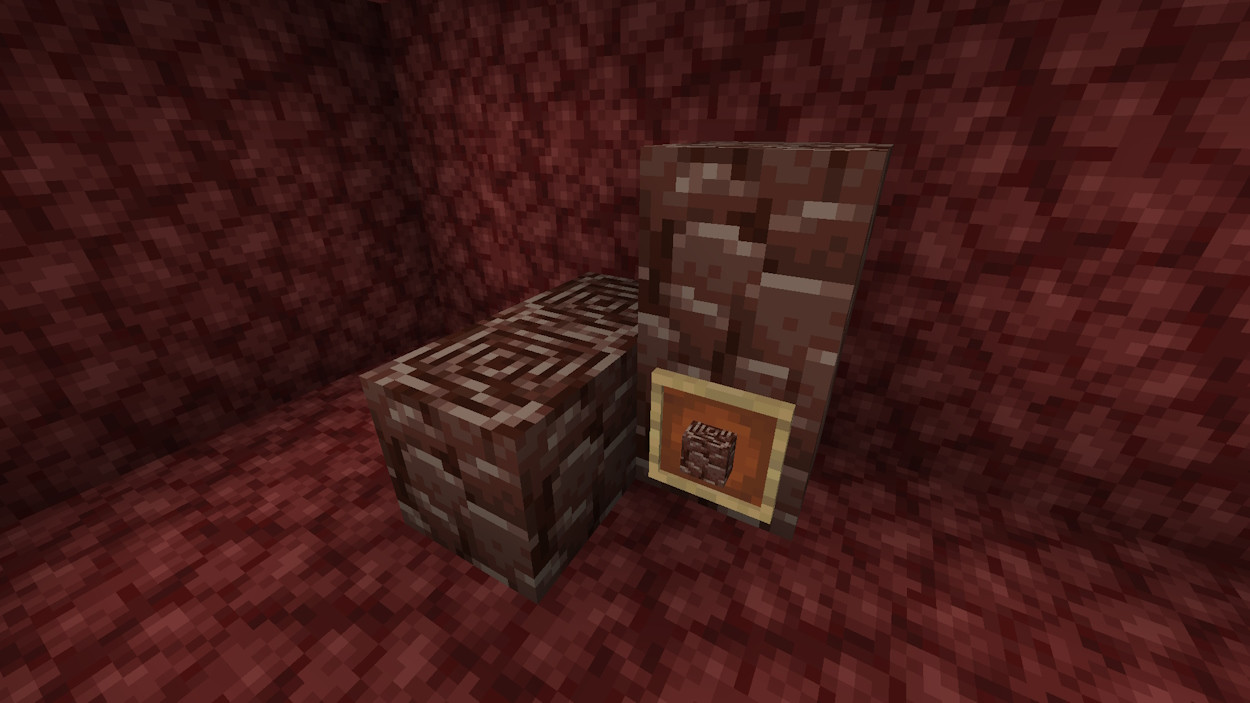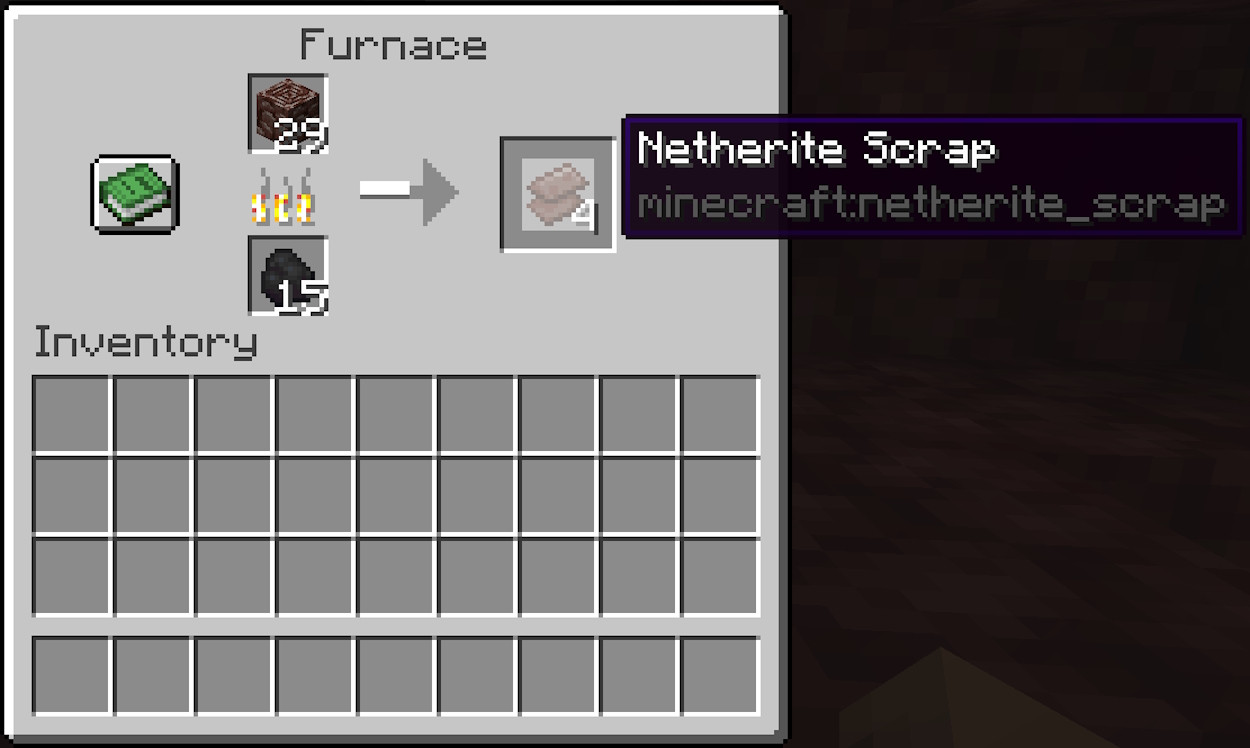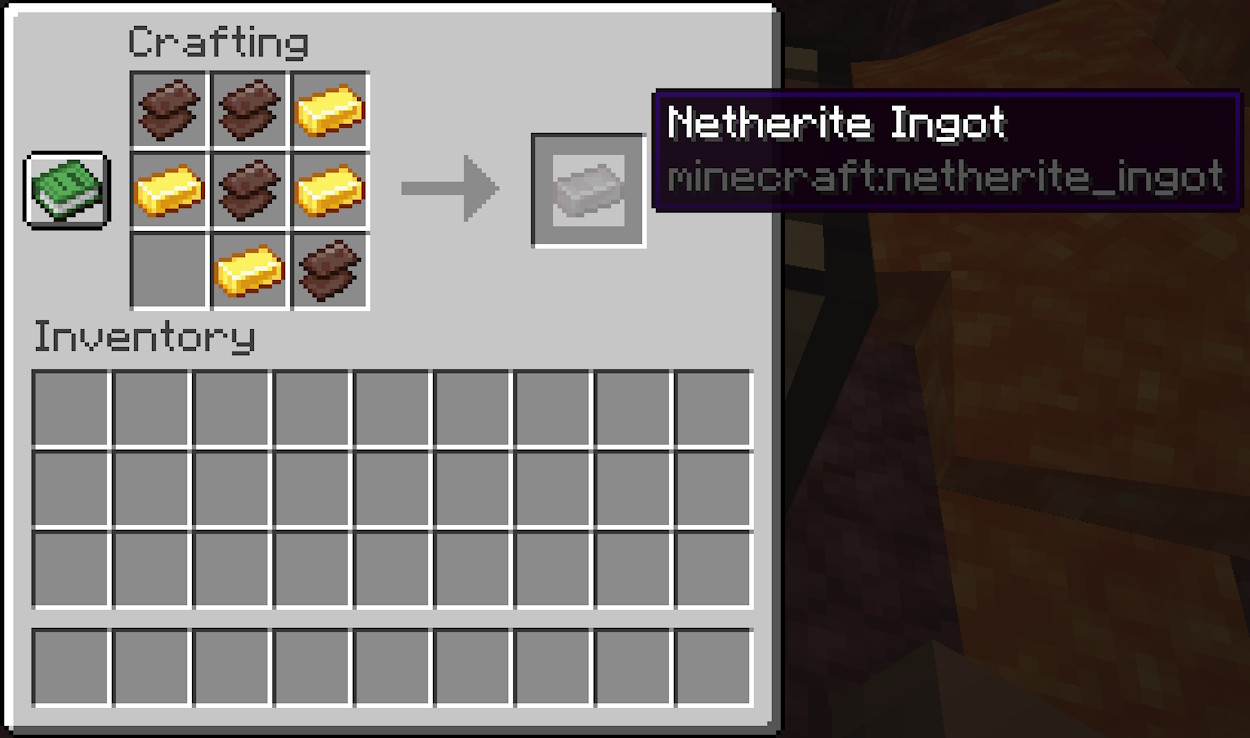Netherite stands as the pinnacle of materials in Minecraft, far surpassing even diamonds in terms of durability, strength, and overall utility. If you’re aiming for the best weapons, tools that last, and armor that provides unparalleled protection, Netherite is your ultimate goal. While diamonds have long been celebrated as precious and powerful, Netherite represents the apex of in-game progression. This guide will provide you with a comprehensive understanding of where to find Netherite, specifically ancient debris, its precursor, within the depths of the Nether. We’ll also cover how to transform this rare find into valuable Netherite ingots. Let’s delve into the process of uncovering this top-tier resource!
Understanding Netherite Generation in Minecraft
Unlike many other valuable resources in Minecraft, Netherite doesn’t spawn as a traditional ore block. Instead, you need to search for ancient debris. This rare block is the key to obtaining Netherite and is exclusively found within the Nether dimension.
 Two ancient debris blocks are shown, one as a block and one as an item, against a dark background.
Two ancient debris blocks are shown, one as a block and one as an item, against a dark background.
Alt text: Ancient debris blocks and item in Minecraft, the source of netherite.
To effectively hunt for ancient debris, keep these crucial facts in mind:
- Chunk Spawn Rate: Within each chunk in the Nether, you can find a maximum of five ancient debris blocks. However, the average spawn rate is closer to just two blocks per chunk. This scarcity emphasizes the valuable nature of Netherite.
- Optimal Y-Level: Ancient debris primarily spawns between Y levels 8 and 22. While it technically can generate anywhere within a chunk’s height, your most fruitful searches will be in this lower range. For the highest chances of success, target Y level 15, a widely recommended level based on Minecraft Wiki and community experience.
- Spawn Location Preference: Unlike ores that often generate exposed to air, ancient debris spawns away from air blocks, meaning it will always be encased within other blocks or submerged in lava. This characteristic influences mining strategies, as you’ll need to dig through surrounding blocks to uncover it.
While biome selection doesn’t directly impact the rate of ancient debris generation, choosing the right biome significantly affects the ease of finding it. You should generally explore all Nether biomes except for one: the basalt delta. The issue with basalt deltas isn’t the spawn rate, but the composition of the terrain beneath. In most Nether biomes, the subsurface primarily consists of netherrack. Netherrack is exceptionally easy to mine, even without powerful enchantments, allowing for rapid excavation.
However, beneath basalt deltas, you’ll encounter tough blocks like basalt and blackstone. These blocks are considerably slower to mine than netherrack, making exploration significantly more time-consuming and challenging. Another factor to consider when excavating large areas underground is mob spawning. Clearing out spaces can lead to the spawning of hostile mobs, including the dangerous ghasts, so be prepared for potential encounters.
Essential Gear for Your Netherite Hunt in Minecraft
Venturing into the Nether to find ancient debris requires proper preparation. Firstly, you’ll need to access the Nether itself. Gather at least 10 obsidian blocks and flint and steel to construct a Nether portal in Minecraft. Beyond portal creation, equipping yourself with the right tools is crucial for efficient Netherite mining. Here’s a recommended gear list:
- Pickaxe(s): A diamond or netherite pickaxe is essential for mining ancient debris. If this is your first Netherite expedition, ensure you bring at least one diamond pickaxe. Consider bringing multiple pickaxes or materials to repair them, as mining in the Nether can be resource-intensive.
- TNT: TNT blocks are optional but highly recommended for faster area clearing. Explosions reveal a much larger area compared to manual mining, and you can detonate them from a safe distance, minimizing the risk of lava-related accidents.
- Beds: Beds offer an alternative explosive mining method in the Nether. Attempting to sleep in the Nether causes beds to explode. While cheaper than TNT, this method is significantly more dangerous and requires caution. If you’re new to explosive mining, stick with pickaxes and TNT until you gain experience.
- Potions of Fire Resistance: Potion of Fire Resistance is non-negotiable. Lava and fire are omnipresent dangers in the Nether. This potion negates fire damage from lava and fire blocks, potentially saving you from fatal situations. Lava pools and stray lava sources are common, making fire resistance a vital safety measure.
Step-by-Step Guide: Finding and Mining Ancient Debris
With your gear ready and knowledge of where ancient debris spawns, let’s outline the process of finding and mining it effectively:
- Enter the Nether and Choose a Biome: After activating your Nether portal and stepping through, ensure you are in a Nether biome other than a basalt delta.
- Descend to Y-Level 15: Begin mining downwards until you reach Y-level 15. Utilize the “F3” debug screen on Java Edition to monitor your coordinates. On Bedrock Edition, enable coordinates in your game settings. As you dig, keep building blocks readily available in your hotbar to quickly block any unexpected lava flows.
 A player is shown in the Nether with the F3 debug screen visible, highlighting the Y coordinate at level 15.
A player is shown in the Nether with the F3 debug screen visible, highlighting the Y coordinate at level 15.
Alt text: Minecraft player at Y-level 15 in the Nether, using the F3 debug screen to check coordinates.
-
Choose a Mining Strategy: Once at Y-level 15, decide on your mining approach:
- Pickaxe Mining: Start branch mining in all directions using your pickaxe. This is a straightforward but slower method.
- TNT Tunneling: If you brought TNT, create a long tunnel, similar to branch mining in the Overworld.
-
TNT Placement and Detonation: If using TNT, move backward along your tunnel, placing TNT blocks every few blocks.
 A long tunnel in the Nether is filled with placed TNT blocks, ready for detonation.
A long tunnel in the Nether is filled with placed TNT blocks, ready for detonation.
Alt text: TNT blocks placed in a mining tunnel in the Nether for explosive ancient debris searching.
- Ignite the TNT: Use flint and steel or a flame bow to ignite the TNT. Retreat to a safe distance to avoid the explosion’s blast. The initial explosion will trigger a chain reaction, detonating all placed TNT.
- Collect Ancient Debris: Don’t worry about the explosions destroying ancient debris. It has high blast resistance and is immune to explosions. TNT is effective for clearing surrounding blocks without harming the valuable debris. For maximum efficiency, consider enabling chunk borders (F3 + G). Detonating TNT along chunk borders can uncover two chunks at once, speeding up your search.
 Ancient debris blocks are revealed after a TNT explosion in the Nether, surrounded by cleared netherrack.
Ancient debris blocks are revealed after a TNT explosion in the Nether, surrounded by cleared netherrack.
Alt text: Ancient debris blocks exposed after TNT mining in Minecraft Nether, demonstrating blast resistance.
Important Note: You require four ancient debris blocks to craft a single Netherite ingot. Ensure you gather at least this much before leaving the Nether to make the most of your expedition.
Crafting Netherite Ingots from Ancient Debris
After successfully mining ancient debris, the next step is transforming it into usable Netherite. Follow these steps to create Netherite ingots:
- Build a Furnace: If you don’t already have one in your base, craft a furnace.
- Smelt Ancient Debris: Open the furnace UI and place the ancient debris blocks inside. Fuel the furnace with coal, wood, or any other fuel source. Smelting ancient debris yields netherite scrap. Each ancient debris block smelts into one netherite scrap.
 Ancient debris is being smelted in a furnace, turning into netherite scrap.
Ancient debris is being smelted in a furnace, turning into netherite scrap.
Alt text: Smelting ancient debris in a Minecraft furnace to obtain netherite scrap.
- Craft Netherite Ingots: Once you have netherite scrap, you need to combine it with gold ingots to create Netherite ingots. The crafting recipe requires four netherite scraps and four gold ingots. Place these items in a crafting table in the correct pattern (typically scraps in one row and gold in another, or a similar configuration depending on your crafting interface).
 The crafting recipe for a netherite ingot is displayed, showing netherite scraps and gold ingots.
The crafting recipe for a netherite ingot is displayed, showing netherite scraps and gold ingots.
Alt text: Minecraft crafting recipe for a netherite ingot using netherite scraps and gold ingots.
Alternative Ways to Obtain Netherite in Minecraft
If the mining process seems too arduous, you can also find Netherite through loot chests within the Nether. Specifically, bastion remnants are known to contain chests with ancient debris, netherite scraps, and even complete netherite ingots. Netherite scrap is more common in bastion loot compared to ancient debris. Chests can contain up to one netherite scrap each, while non-generic bastion chests can hold up to two ancient debris blocks.
Related Articles
How to Make a Hopper in Minecraft
How to Make Terracotta in Minecraft
Top 5 Uses of Carved Pumpkins in Minecraft
However, bastion remnants are inherently dangerous locations. While piglins themselves are relatively manageable Minecraft mobs, piglin brutes pose a significant threat. They are heavily armored, hit hard, and are not distracted by gold, unlike regular piglins. Looting bastions is a riskier but potentially faster and more exciting way to acquire Netherite, especially for experienced players.
Is Netherite Really Worth the Effort?
Obtaining Netherite in Minecraft demands considerable effort and risk. Is it truly worth it? For most players, the answer leans towards yes, particularly in the long run. While diamond equipment is undeniably strong and can be efficiently repaired with mending and experience points, Netherite gear offers substantial advantages. Netherite boasts significantly higher durability compared to diamond. This increased lifespan makes Netherite tools and armor ideal for large-scale projects and extended gameplay sessions where durability is paramount.
Furthermore, a crucial advantage of Netherite items is their immunity to lava. Netherite tools, weapons, and armor will not be destroyed if they fall into lava. This feature is invaluable, especially when working extensively in the lava-filled Nether dimension. Beyond practical benefits, Netherite also holds prestige. Possessing a full set of Netherite gear is a clear indication of progression and accomplishment in Minecraft, offering a degree of status among fellow players.
Enchanting Considerations: Diamond vs. Netherite
Netherite items possess a higher enchantment value than diamond. This means that Netherite weapons, tools, and armor have a greater likelihood of receiving more powerful enchantments from an enchanting table. If you plan to heavily enchant your gear, investing in Netherite will yield superior results compared to enchanting diamond equivalents.
In Conclusion
Netherite represents the ultimate tier of equipment in Minecraft, offering unparalleled durability, lava immunity, and enhanced enchantability. While obtaining it requires venturing into the dangerous Nether and employing effective mining strategies or risky bastion looting, the rewards are substantial. For players seeking the best possible gear and aiming to conquer all challenges Minecraft presents, Netherite is an indispensable resource.
What’s your preferred method for obtaining Netherite? Share your strategies and experiences in the comments below!
